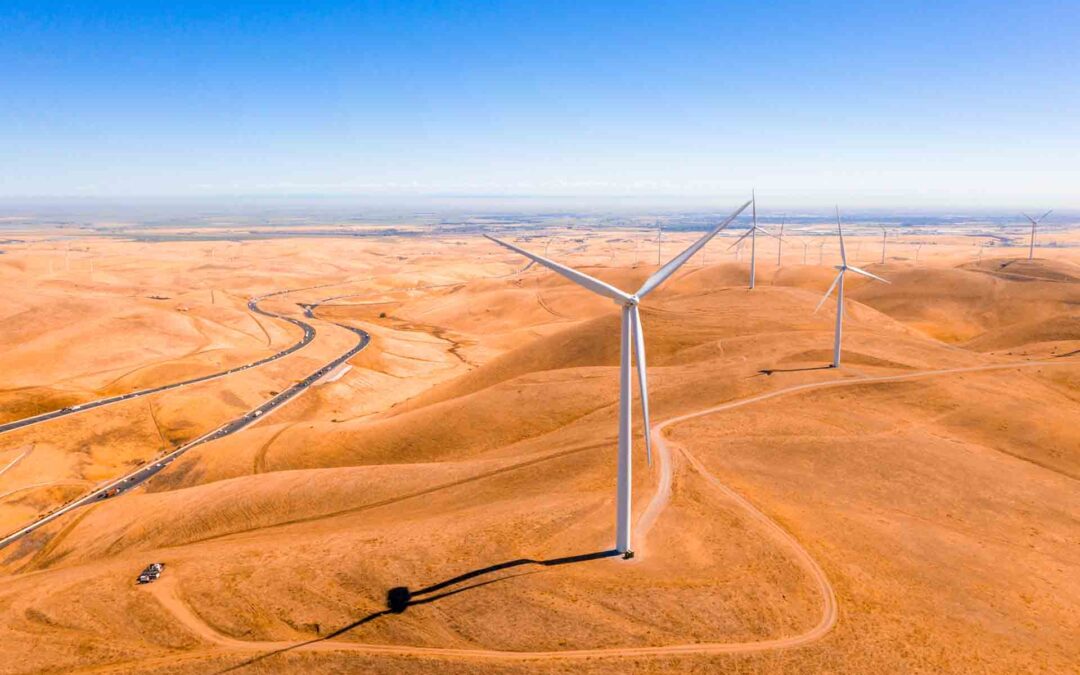Offshore wind energy has gained significant importance in the United States, but it still lags behind Europe and China in terms of clean energy capacity. President Joe Biden has set a target of achieving 30 gigawatts of offshore wind energy by 2030, although the industry has faced obstacles and delays in manufacturing wind turbines.
The major challenges for the offshore wind industry in the U.S. are economic obstacles caused by inflation and rising interest rates, leading to delays in project development. There are concerns about the impact on whale strandings and deaths in offshore wind farms, although there is no scientific evidence supporting this connection.
Despite the challenges, the Biden administration has approved three commercial offshore wind projects and is currently reviewing 16 more. However, some projects have stalled due to high construction costs, leading developers to reconsider their bids next year. The industry faces the dilemma of the supply chain: it needs technical and specialized infrastructure, as well as approved projects to implement it.
The offshore wind industry in the U.S. is in its early stages and aims not only to build turbines but to develop an entire industry. The installed capacity of offshore wind energy significantly lags behind onshore wind and solar energy. High costs of wind turbines and underdeveloped infrastructure are contributing factors to this disparity.
The potential of offshore wind energy in the U.S. is enormous, and the investment by the Biden administration demonstrates a strong commitment to its development. With adequate infrastructure, supply chain, and supportive policies, the country could catch up with Europe and China in offshore wind energy capacity, creating jobs and reducing dependence on fossil fuels. However, continuous efforts are required for offshore wind energy to be fully integrated into the U.S. energy mix.
